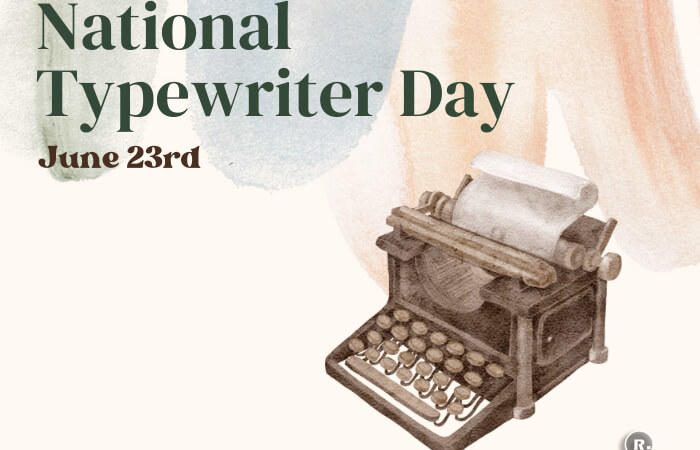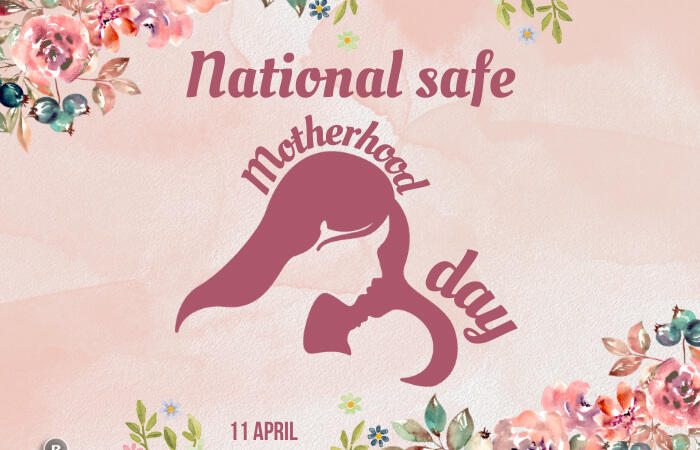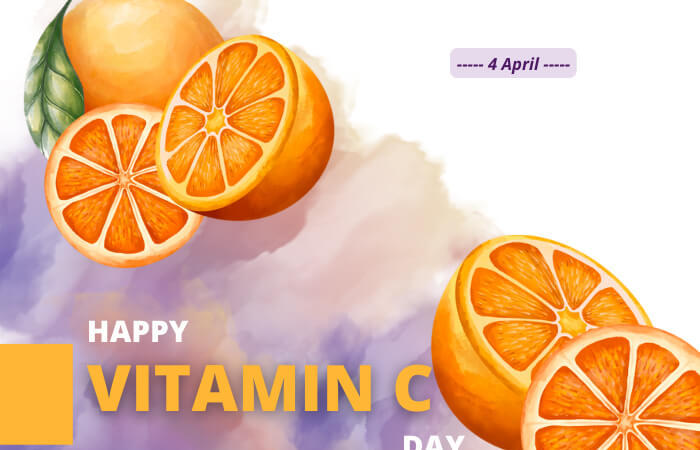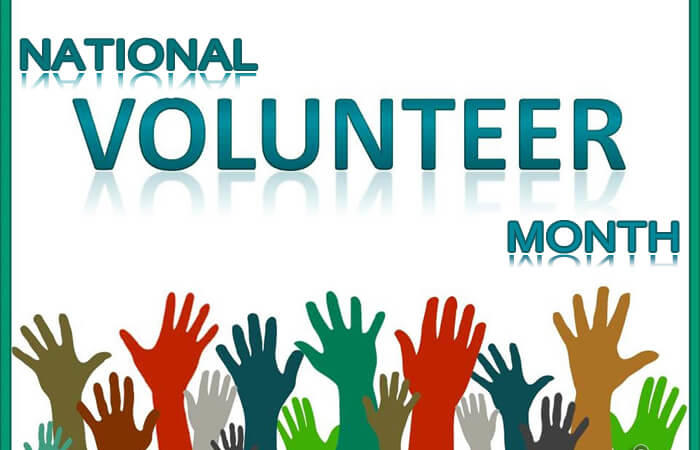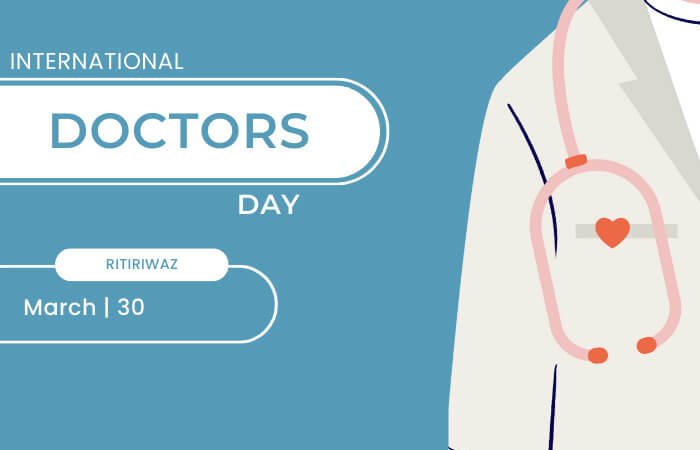Goa Liberation Day

Goa Liberation Day (गोवा मुक्ति दिवस) is celebrated on 19th December every year in India. It was on December 19, 1961, when Goa was freed from Portuguese rule after around 450 years. Goa got the status of a separate state, while Daman and Diu were made a union territory. The state celebrates this day with various programs and functions across Goa.
History
Vasco Da Gama set foot on the soil of Goa on 7th July 1497. From that day onward, the Portuguese slowly conquered Goa to make it an integral part of the Portuguese empire. In 1510, Alphonso de Alburquerque captured most of the parts of Goa. During their inglorious rule of 500 years, the Portuguese rulers made attempts to make Goans forget their culture & traditions.
They bought complete economic ruination for Goa. They robbed & exploited the Goan people & forced upon them the dictatorial rule against which the Goans were bound to Revolt. The Portuguese State (Goa, Daman, Diu, Dadra, and Nagar-Haveli) were given special rights from Portugal, under which property taxpayers were allowed to vote in the Portuguese Parliament to elect a representative of Goa. There was mounting dissatisfaction among the Goans against the Portuguese rule.
The Liberation Movement
The Goa liberation movement was a movement that sought to end Portuguese Colonial rule in Goa, India. The movement built on the small-scale revolts & uprisings of the 19th century grew powerful during the period 1940-1961. The movement was conducted both inside and outside Goa & was characterized by a range of tactics including non-violent demonstrations, revolutionary methods, and Diplomatic efforts. However, Portuguese control of its Indian colonies ended only when India invaded Goa in 1961 & incorporated the territories into the Indian Union.
The Goa Congress Committee in 1946, in tune with the call of the Quit India movement in the rest of the country, asked the Portuguese to leave the shores of Goa, Daman & Diu. Thus started the fight to free Goa from the rule of the Portuguese. On 18th June 1946, Dr. Ram Manohar Lohia along with his aides gave the green signal for the Liberation of Goa from the clutches of Portuguese rulers. This movement was started by Madgoan. Several Satyagrahis laid their lives & thousands went to prison for their participation in the movement.
Pandit Jawaharlal Nehru, the then Prime Minister of India, fell prey to the false propaganda of the Portuguese that the Goan culture was different from the Indian culture. He no doubts wanted to strongly free Goa from Portuguese rule. He wanted a leader from within Goa to lead the movement. But Peter Alvares, a Goan staying in Bombay, was the leader of the Goa freedom struggle.
With support from the UN, encouraged Nehru who started believing that Portuguese rule in Goa would not last long. The All India Trade Union was equally vocal in expressing its concern over the delay in resolving the Goa issue & demanded its early liberation & return to the motherland. As a part of “its policy or liberalization” decided to relax the ban on trade with Goa, Daman & Diu from 1 April 1961. According to the new policy for the Portuguese in India, the limited trade would involve the import of Betul nuts from Goa & the export from India of those items such as drugs, medicines, textiles, books, etc that were the need of the Goans.
Despite the pressures from various groups, Portugal went ahead with its aim to tighten the grip of its colonies. A group of Volunteers in each territory with a view to “cooperating in the maintenance of order & the defense of the integrity & national sovereignty” of the territory concerned. Lisbon set up civil organizations in each overseas territory. Azad Gomantak Dal – Vowed to fight the Portuguese using direct action strategies. The Goa Liberation Army- Attempted to utilize revolutionary tactics and direct action strategies to challenge Portuguese colonialism.
The Goa Liberation Movement was restarted during 1954-1955. The 1st batch of Satyagrahis sent by Goa Vimochan Sahayak Samiti entered Goa on 18th May 1955. The batch of 68 Satyagrahis was led by N. G. Gore. The 2nd batch was led by Shirabau Limaye. Batches after Batches were deployed by the Samiti. After repetitive attempts & the Satyagrahis getting beaten by the Portuguese, Acharya Kripalani discussed the issue with the leaders of the Samiti. He analyzed the issue in the Parliament saying that there are two ways to deal with the situation, one was to use arms & the second was to undertake Non-Violent Satyagraha.
It was thereafter, the Samiti decided to arrange Mass Satyagraha on 15th August 1955. 3,150 Satyagrahis were enrolled. Batches were formed to enter Goa from all sides. No batch contained more than 200 to 500 Satyagrahis. The Satyagrahis were deployed by trucks up to Goa borders (i.e Banda). The leaders of the Samiti went to Delhi to hold talks with G. B. Pant, who suggested to put an end to the ongoing Satyagrah. He said that the Government of India was not in favor of mass or individual Satyagrah & consequently the Satyagrah slowly fizzled out.
Suggested Read: Goa – Culture, and Tradition
Annexation of Goa
After the failure of diplomacy with the Portuguese, nearly after six years, the Government of India made up its mind to initiate Military action against the Portuguese rule in Goa. The Indian Army thus entered Goa on 17th December 1961. In the military operation conducted on 18th & 19th December 1961, Indian troops capture Goa. On 19th December 1961, The Governor-General of Portuguese India signed an instrument of surrender. Thus, Goa was liberated from Portuguese rule. Hence every year 19th December is Celebrated as Goa Liberation Day.

